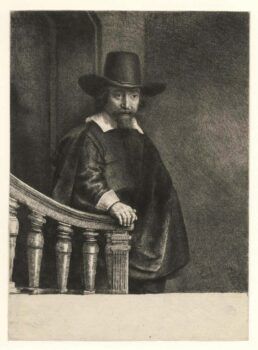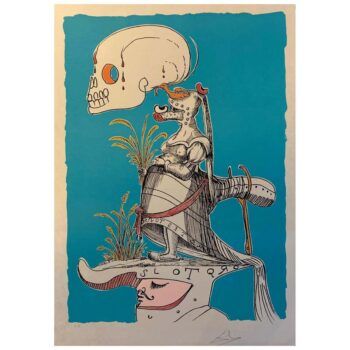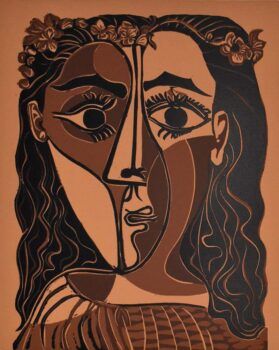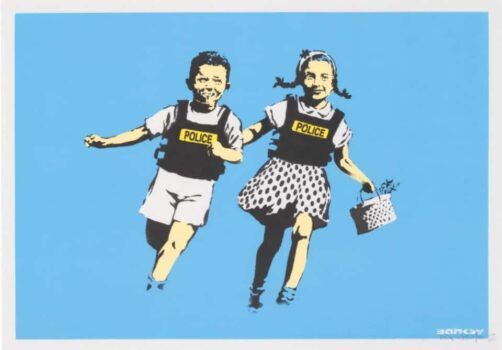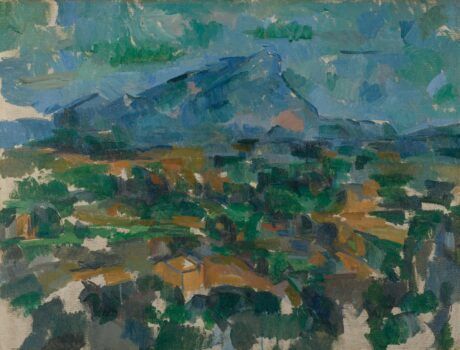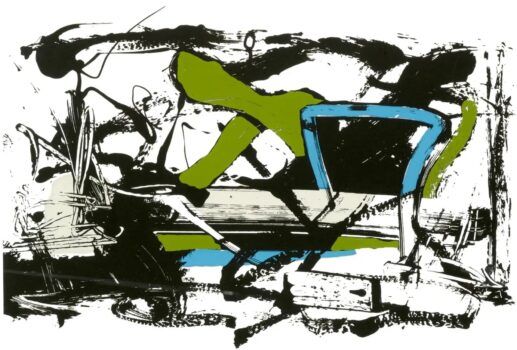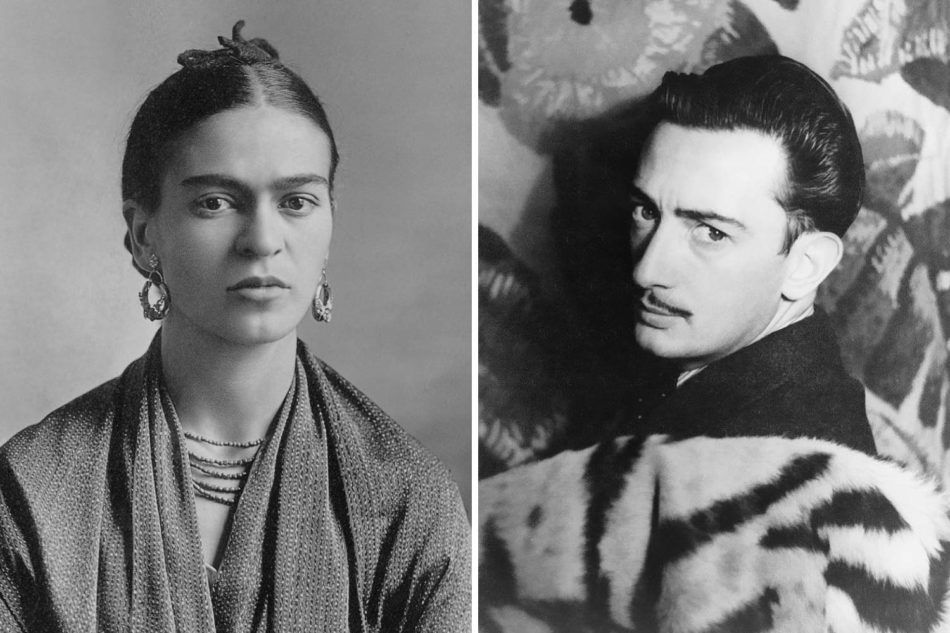
Graphology, or the study of handwriting, has long been an area of fascination. From speculating about the personality traits of famous figures to tracking down “whodunit” in a Sherlock Holmes novel, deriving deeper meaning from simple letters is psychologically compelling.
Below we examine the signatures of 12 artists with larger-than-life legacies to give you insight into the personalities behind the names. Jump to our analyses or continue reading to learn a bit more about graphology and its methods.
Graphology at a Glance
Like any (semi-)scientific discipline, graphology is extremely granular and specific, examining factors from line spacing and pen pressure all the way down to the dotting of i’s and crossing of t’s.
Without getting too much into the weeds, we’ve highlighted the main elements of analytical interest, presenting famous artist signatures as examples, so you can see how graphology draws conclusions about signers’ personalities. Play the video in each section to reveal the artist’s signature and how it relates to the analysis.
Signature Size

Signature size is one of the first things we notice. That’s fitting, since it is thought to correlate with the signer’s public self-image and level of confidence. Think of John Hancock’s exuberant autograph on the Declaration of Independence or Oprah Winfrey’s confident capitals. You can see this type of positive self-image reflected in Joan Miró’s signature above — the large, bold M especially indicating a self-assured individual.
- Big signature: Upbeat, confident, outsize personality
- Medium signature: Well-adjusted, modest, good self-image
- Small signature: Focused, introspective, keeps to oneself
Signature Slant

A signature’s slant correlates to inner feelings and emotions. Graphologists look at not only the slant’s direction but also its angle and frequency. Salvador Dalí’s signature above leans mostly to the right, indicating a kind and sympathetic spirit and a resistance to convention. However, it straightens at the end, which points to significant intelligence and reasoning capabilities.
- Right slant: Affectionate, kind, honest, tendency to opposition
- Left slant: Frustrated, reserved, difficulty with decision making
- Straight: Calm, determined, stable, proud
Letter Width
When it comes to graphology, not only does size matter, but the width of each letter is important as well. Professional graphologists measure letter width on a millimeter scale, and even half a millimeter can make a difference in how the writer’s personality is interpreted. In Rembrandt’s signature above, the wide letters suggest that the famed painter was extroverted and social, with a generous side. The wide spacing between them, however, indicates a need for compliments and recognition.
- Very wide (4.5 mm or more): Visionary, prideful, vain
- Wide (3.5 mm to 4.5 mm): Confident, optimistic, communicative, conceited
- Medium (2.5 mm to 3.5 mm): Spontaneous, sociable, emotionally balanced
- Small (1.5 mm to 2.5 mm): Practical, routine-oriented, meticulous, shy
- Very small (under 1.5 mm): Rational, precise, demanding
Letter Spacing

In graphology, letter, word and line spacing are all important elements to consider. Letter spacing is believed to indicate someone’s level of generosity and openness to others. In Pablo Picasso’s signature above, the clear gaps between the letters suggest a cheerful and friendly disposition.
- Large spaces: Generous, happy, expansive personality
- No spaces: Intellectual, closed off from others, anxious
Pen Pressure
The pressure put on the writing implement can reveal the writer’s emotional capabilities. Pressure is measured not only by how dark or light the marks are but also how the color intensity changes throughout a piece of writing.
- Heavy pressure: Determined, consistent, strong-minded
- Light pressure: Doubtful, ungrounded, insecure
- Mixed pressure: Sensitive, impulsive, trouble concentrating
Letter Example: Lowercase a
Graphology is usually conducted on a microlevel, analyzing every uppercase and lowercase letter with respect to size, shape, weight and more. We’re not going into that much detail with our artist signatures, but here is one example for fun using a lowercase a. In addition to the factors listed above, graphologists look at the shape and openings of individual letters to determine personality traits.
Lowercase a Shape
- Round: Diplomatic, reserved, doesn’t trust easily
- Oval: Kind, social, creative
- Pointed at the top: Tenacious, determined, dignified
- Pointed at the bottom: Overly sensitive, stubborn, difficulty communicating
Lowercase a Opened or Closed
- Open at the top: Honest, extroverted, tends to talk a lot
- Open at the bottom: Protective, distrustful, tends toward deception
- Open on the left: Tactful, introverted, values routine
- Closed at the top: Reserved, cautious, tends to be defensive toward strangers
- Closed at the bottom: Quick thinking, adaptable, values planning
- Closed on the left: Shy, practical, calculating
What we see as simply messy handwriting or an enthusiastic flourish holds a world of meaning for those who know what to look for!
12 Artist Signatures and Monograms
Now that you understand a bit about how handwriting can reveal personality traits, take a look at the signatures of 12 famous artists below for psychological insights into these cultural icons.

So, are you ready to start analyzing your own signature? You might be surprised by the traits you uncover about yourself.

